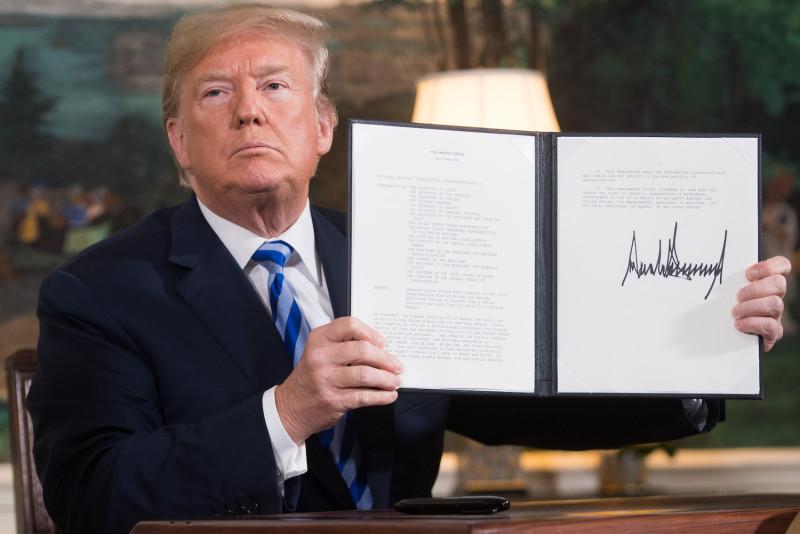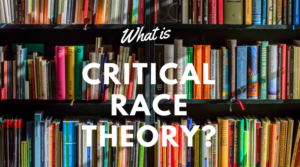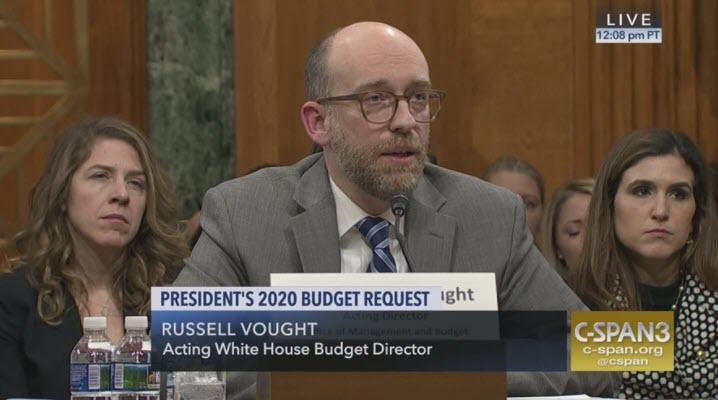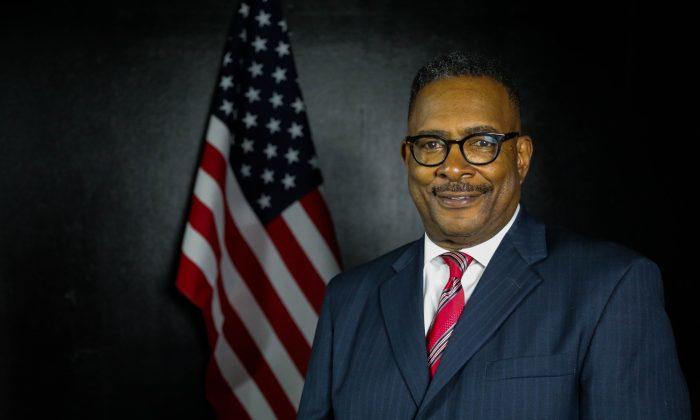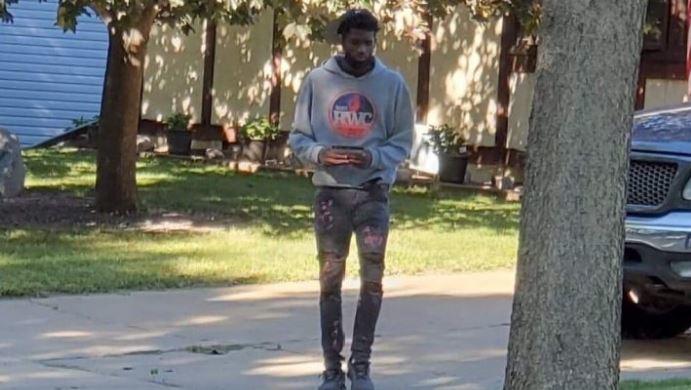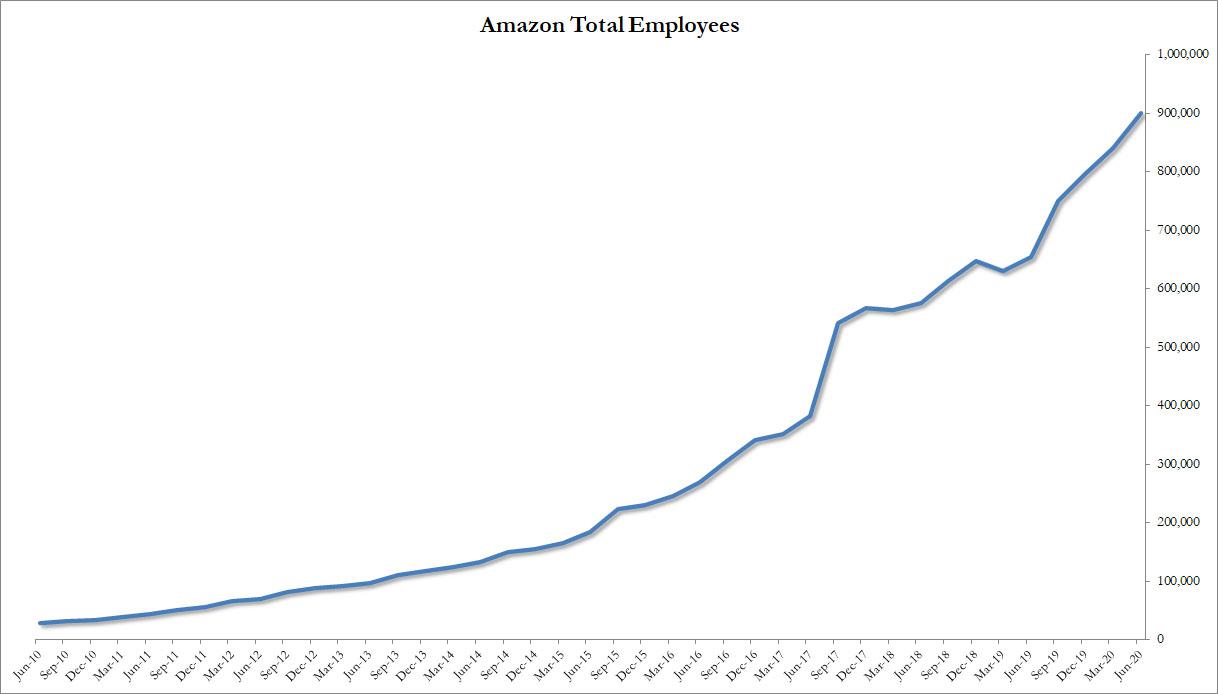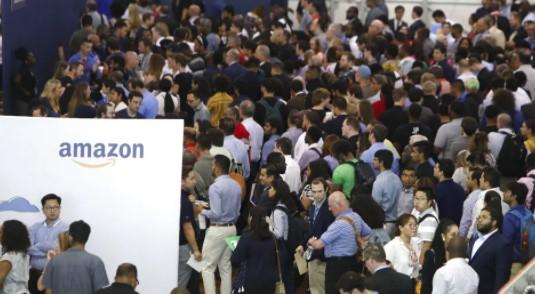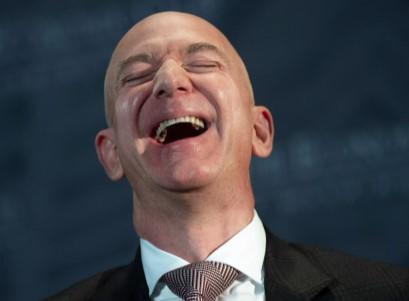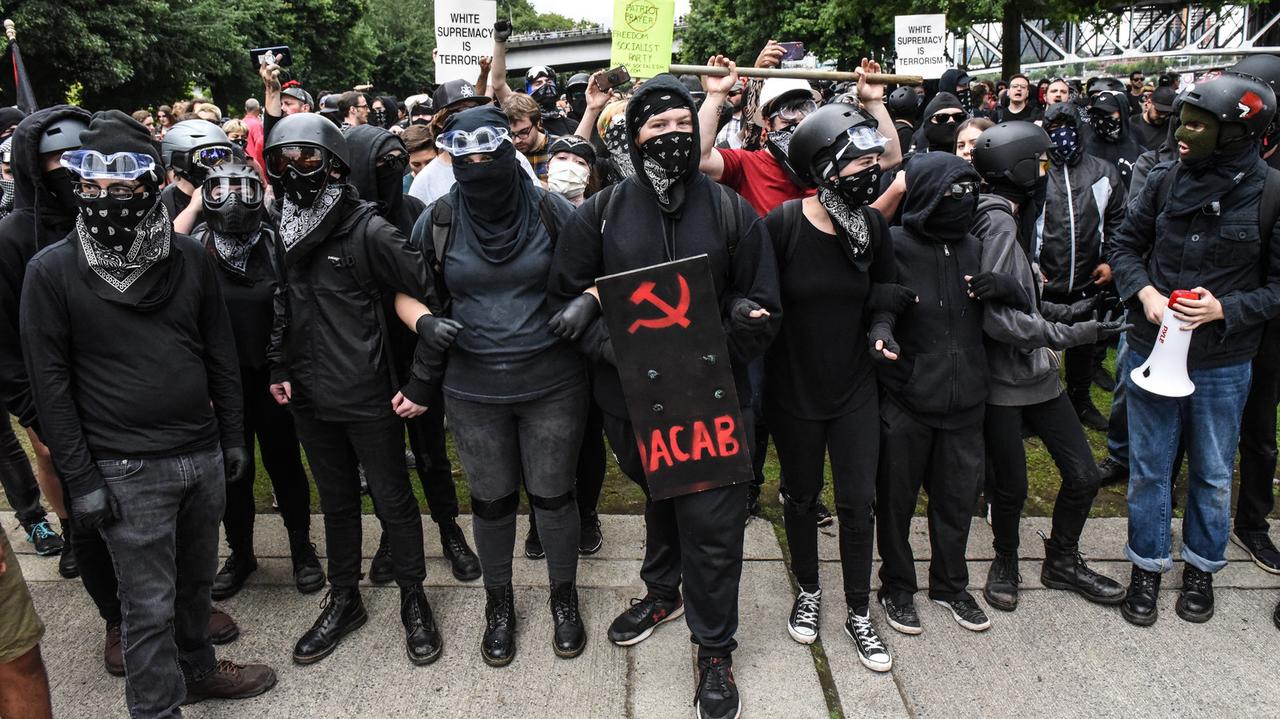How COVID-19 Is Transforming The World’s Sovereign Wealth Funds
Tyler Durden
Thu, 09/17/2020 – 20:00
Authored by Oxford Business Group via SafeHaven.com,
The IMF predicts that the global economy will contract by 4.9% this year, down from growth of 2.9% in 2019, while the World Bank has forecast a fall of 5.2%, the worst contraction since the Second World War.
With national economies suffering from revenue shortages, and populations in need of additional government support to mitigate the impacts of the crisis, SWFs have in many cases seen their roles transformed.
As a result of reduced income, many governments have been tapping SWFs to help balance budgets and provide stimulus to businesses or households.
This development has changed the conventional wisdom surrounding SWFs, which have combined assets estimated of around $6trn globally.
Before the pandemic the funds were seen as having limited – or a total lack of – liabilities. However, Covid-19 has seen SWFs called on to meet the implicit liabilities associated with economic shocks.
Among some SWFs, there is a growing realisation that they are no longer standalone institutions, but rather fiscal policy tools that are fully integrated into the macroeconomic management of their respective countries.
This shift has also brought about significant challenges for SWFs as they adapt to the new economic environment.
For commodity-based funds, many of which are underpinned by significant hydrocarbons exposure, the reduction in economic activity associated with Covid-19 has combined with persistently low oil prices to create twin challenges.
Meanwhile, for funds primarily based on trade surpluses, the deceleration in global trade and subsequent logistical and transport challenges have created similar hurdles.
Asset sell-off
Covid-19 has forced many of the less liquid SWFs to offload assets to generate cash.
The trend is expected to be particularly prevalent in countries with a heavy reliance on oil revenue.
For example, in Norway, where the government expects net cash flows from petroleum activities to fall by 62% this year to the lowest level since 1999, the country is expected to withdraw some $37bn in assets from its SWF, more than four times the previous record of $9.7bn in 2016.
This development is also expected to affect the Middle East, where funds will be called on to bridge fiscal deficits, which international credit ratings agency Fitch expects to constitute between 10% and 20% of GDP this year.
In Abu Dhabi, where the deficit is forecast to total 12% of GDP, the agency expects a $20bn drawdown on sovereign savings, while in Oman, tipped for a 19% fiscal deficit, analysts say as much as $8bn could be withdrawn from its SWFs.
In light of this, JP Morgan estimates that SWFs in the MENA region could dump up to $225bn in equities this year.
In addition to selling off assets to pay for budgetary spending, some SWFs have been called on to make other forms of investment.
In June Temasek, Singapore’s SWF, recapitalised domestic shipbuilding and repair conglomerate Sembcorp Marine with $1.5bn. This came after the fund channelled $13bn into flag carrier Singapore Airlines.
Such investment is a prime example of the increasing attention SWFs are paying to their home markets since the outbreak of the pandemic. While most investments remain international, domestic deals are increasing in size and frequency.
According to the International Forum of SWFs (IFSWF), domestic deals accounted for 21% of the total value of SWF investment in 2019, with this trend increasing over the past six months.
Opportunities amid disruption
While some funds have sought to offload assets, others are looking to take advantage of lower share prices during the pandemic.
Among them is Saudi Arabia’s Public Investment Fund (PIF), which – despite the downturn in the global hydrocarbons industry and its stated goal of spurring diversification – has recently made investments in international energy giants.
In April the PIF acquired around $1bn worth of stakes in European energy majors Royal Dutch Shell, Eni and Total, which was followed by a $200m investment in Norway’s Equinor.
The fund also acquired stakes in other sectors affected by the pandemic, including an 8.2% stake, valued at $369m, in US cruise ship operator Carnival, and a $300m investment in events company Live Nation.
The PIF is not the only active investor among SWFs in this difficult environment. According to data from capital markets data company PitchBook, SWFs poured $17bn into venture capital companies in the first half of the year, exceeding the 2019 full-year levels.
Chinese tech companies Tencent and Kuaishou were both significant beneficiaries, while Abu Dhabi’s Mubadala Investment Company put $3bn into Waymo, Alphabet’s self-driving technology arm.
Among some funds, there has been a broader shift towards tackling issues related to the pandemic.
“We reshuffled our priorities based on Covid-19,” Ayman Soliman, CEO of the Sovereign Fund of Egypt, told OBG.
“We looked at the issues that were emerging in the region – food security, medical security and medical supplies – and realised that these should be our top priority.”
Looking ahead
Although it can be difficult to assess the losses accrued by SWF portfolios since the outbreak of the pandemic given the opaque nature of their investments, in April JP Morgan estimated that funds would suffer total equity losses of around $1trn.
However, this recent contraction seems to be accelerating a pre-existing trend that has seen the amount of equity invested by SWFs fall from $54.3bn in 2017 to $35bn in 2019, according to the IFSWF.
In a report released in August, Bernardo Bortolotti and Veljko Fotak from the Sovereign Investment Lab, along with Chloe Hogg from the London School of Economics, wrote that “the golden age of SWFs is over”.
“Declining oil prices, mounting protectionism and increasing barriers to international capital flows have halted the spectacular rise of SWFs of the last two decades. The double whammy of the Covid-19 shock and of the new macroeconomic reality represents a quintessential challenge for an industry,” the trio wrote.
“Yet, with $6trn under management, SWFs remain major players in global finance and have the potential to mitigate some of the worst financial consequences of the current crisis.”
As countries recover from the economic recession, recent developments suggest the funds will be seen as a key tools in building resilience against future economic shocks.
via ZeroHedge News https://ift.tt/3mug2Sd Tyler Durden

